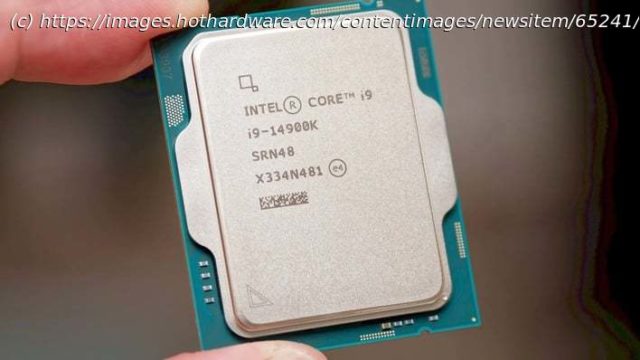We put Intel’s Core i9-14900K through detailed before and after testing, and here are the results.
As soon as the broader discussion about the Raptor Lake stability issues began, many people were already speculating that the potential „fix“ would have a deleterious effect on performance. In essence, the thought process was that Intel had achieved its chart-topping performance by pushing the chips too far along the voltage/frequency curve, and that to „fix“ the problem, it would be necessary to drop clocks.
Well, the fix is in, such that it is, and we have good news for those of you rocking Intel 13th and 14th Gen Raptor Lake CPUs. The performance delta with this new microcode update is basically noise in most benchmarks. That’s exactly what Intel promised when it published the new microcode, so nobody should really be surprised, but decided to prove this out for you.
Test Results With Intel’s New 0x129 Microcode On Core i9-14900K
We ran our Core i9-14900K with Intel’s Extreme settings through a whole fresh suite of benchmarks, and then did the same after applying the latest BIOS and microcode update, version 0x129. This is the update that adjusts voltage behavior, including capping VID at 1.55 volts. What does this do to performance? Let’s take a look.Obviously, the first thing we went for was AIDA64’s Cache and Memory Benchmark, which revealed nothing of note in the memory bandwidth test. However, the cache latency and memory latency tests were very consistent: the L3 cache latency is slightly slower on the new microcode, as is the memory latency. This could be due to a hit to the ring bus clock rate. This initially left us slightly concerned, but let’s continue.
Next up we ran PCMark 10’s Applications benchmark, which is a real-world test using Microsoft Office and Edge to check performance in day-to-day usage. And look at that: the chip with the updated microcode actually comes out a bit ahead of the original recipe. This could be due to better clock management thanks to lower voltage.
In BAPCo CrossMark, we see the same result, although the difference here is within run-to-run variance and probably isn’t indicative of anything in particular.
Start
United States
USA — IT Testing Intel’s Raptor Lake CPU Microcode Fix Yields Encouraging Results






